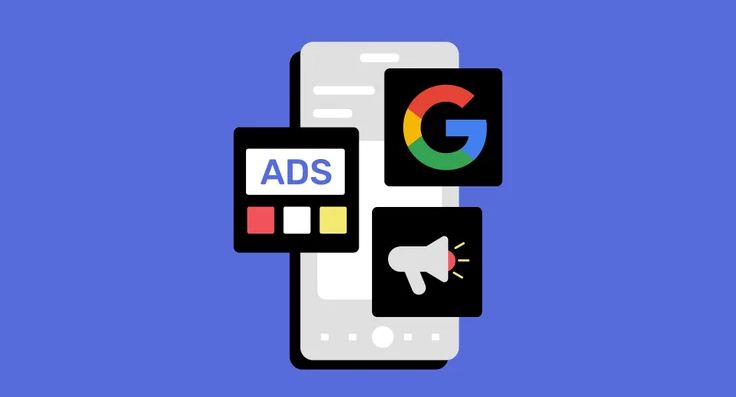
As marketers navigate the ever-evolving landscape of online advertising, Google Ads remains a powerful tool for reaching target audiences and driving results. In this blog, we will delve into key tips for leveraging Google Ads effectively to maximize campaign success. From focusing on Quality Score to utilizing creative assets and implementing A/B testing, these strategies are tailored to help marketers achieve optimal performance in their Google Ads campaigns. This blog enumerates about Google ads tips for app marketers.
Focusing on Quality Score
Quality Score is a fundamental metric in Google Ads that impacts ad position, CPC, and overall campaign performance. Google describes Quality Score as a diagnostic tool that evaluates the quality of your ads compared to other advertisers. To enhance your Quality Score, it is essential to assess whether your ad copy aligns with the targeted keywords, promotes user action effectively, and ensures a seamless user experience on the landing page. A Quality Score below seven warrants a review of these critical areas to identify and address any deficiencies that may be hindering campaign performance.
Diversifying Creative Assets
Creative assets play a pivotal role in capturing audience attention and driving engagement. By providing Google Ads with a diverse range of assets, marketers can increase the likelihood of delivering compelling ads to their target audience. Campaigns allow for the upload of various elements, including text, HTML5 assets for interactive ads, videos, and static images. This flexibility enables marketers to experiment with different creative formats and identify the most effective visual and textual content that resonates with their audience.
Testing Strategies
Optimizing Google Ads campaigns is an ongoing process that necessitates continuous testing and refinement. Marketers should explore A/B testing across various elements such as headlines, target audiences, messaging, creative’s, landing pages, ad formats, and budget thresholds. Testing different variables allows marketers to gain valuable insights into what drives the best results and refines their strategies accordingly. Embracing a culture of experimentation and data-driven decision-making is imperative for achieving optimal campaign performance.
Leveraging the Right Tools
To streamline campaign management and maximize efficiency, marketers should leverage the suite of tools available for Google Ads. Google Ads Editor is a valuable resource that enables offline campaign editing and bulk changes, facilitating quick and seamless adjustments to multiple campaigns. For organizations managing multiple accounts and campaigns, Google Ads Manager offers a centralized platform for inventory management and reporting. Additionally, mobile measurement partners (MMPs) like Adjust provide advanced analytical capabilities that enable marketers to optimize campaigns across various channels and apps, ensuring accurate attribution and informed decision-making.
Summary
In conclusion, mastering Google Ads requires a strategic approach that encompasses optimizing Quality Score, diversifying creative assets, conducting thorough testing, and leveraging the right tools. By implementing these tips effectively, marketers can enhance their campaign performance, reach their target audience more effectively, and drive tangible results. Adhering to best practices and continuously refining strategies based on data-driven insights are key pillars for success in the ever-competitive realm of digital advertising.
